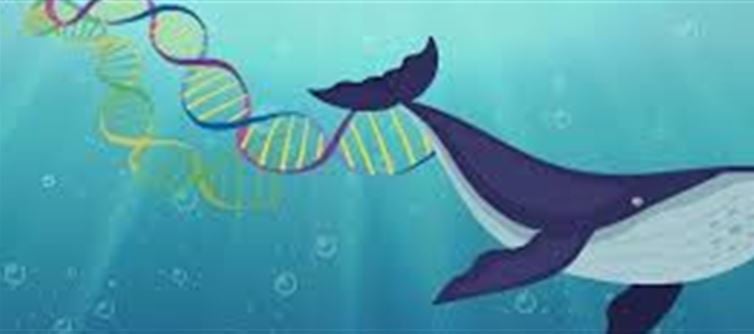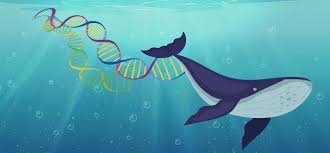
Mammals' return to the sea is a remarkable example of evolutionary adaptation, occurring over several distinct phases. Approximately 50 million years ago, certain land-dwelling mammals began to exploit marine resources, leading to a gradual transition back to aquatic life. This process unfolded over millions of years, resulting in the diverse group of marine mammals we recognize today, including whales, dolphins, seals, and manatees.
The initial step in this transition involved semi-aquatic ancestors that spent significant time in coastal environments. For instance, early cetaceans like Pakicetus and Ambulocetus exhibited adaptations such as dense bones, which aided in buoyancy control and diving. These features suggest that these mammals were already adapted to life in shallow waters, hunting prey and navigating aquatic environments. Over time, these adaptations became more pronounced, leading to fully aquatic species.
Key evolutionary changes facilitated this transition. Limbs transformed into flippers, and tails evolved into horizontal flukes, enhancing swimming efficiency. Respiratory adaptations, such as the development of specialized blowholes, allowed for more efficient breathing at the water's surface. Additionally, sensory systems adapted to underwater environments, with some species developing echolocation abilities to navigate and hunt in murky waters.
This evolutionary journey underscores the dynamic nature of mammalian adaptation. The return to the sea exemplifies how environmental pressures and ecological opportunities can drive significant morphological and behavioral changes over extended periods, leading to the emergence of entirely new forms of life.




 click and follow Indiaherald WhatsApp channel
click and follow Indiaherald WhatsApp channel